episode 591 one lone front…four large ponds….say it isn’t so!
alan skeoch
May 29, 2022
Here we are at the end of May, year 2021. Four huge ponds and all I could find was this
one lone leopard frog. Each year I hope the frogs will return and the ponds become rich
in frog jelly about this time of year….and shortly rich in tadpole life. But so far
I have one lone front and fear the arrival of a blue heron who is an excellent fisherbrid
with a long stiletto beak. Which if another ooncern. I have only seen one blue heron
overflying our ponds. In the past there were many. This sixth extinction conversation is
getting $%$%^ frightening. (submit your own curse word)
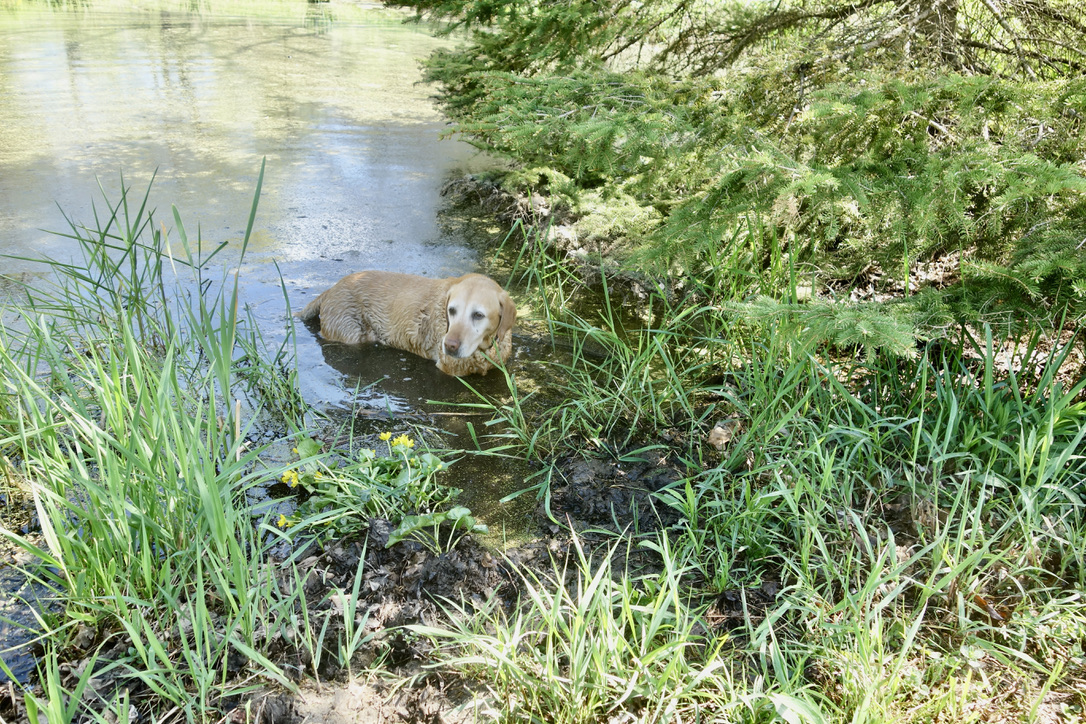
And another thing. Woody our dog can swim in the ponds without fear of leeches. As can we. There are no leeches anymore.
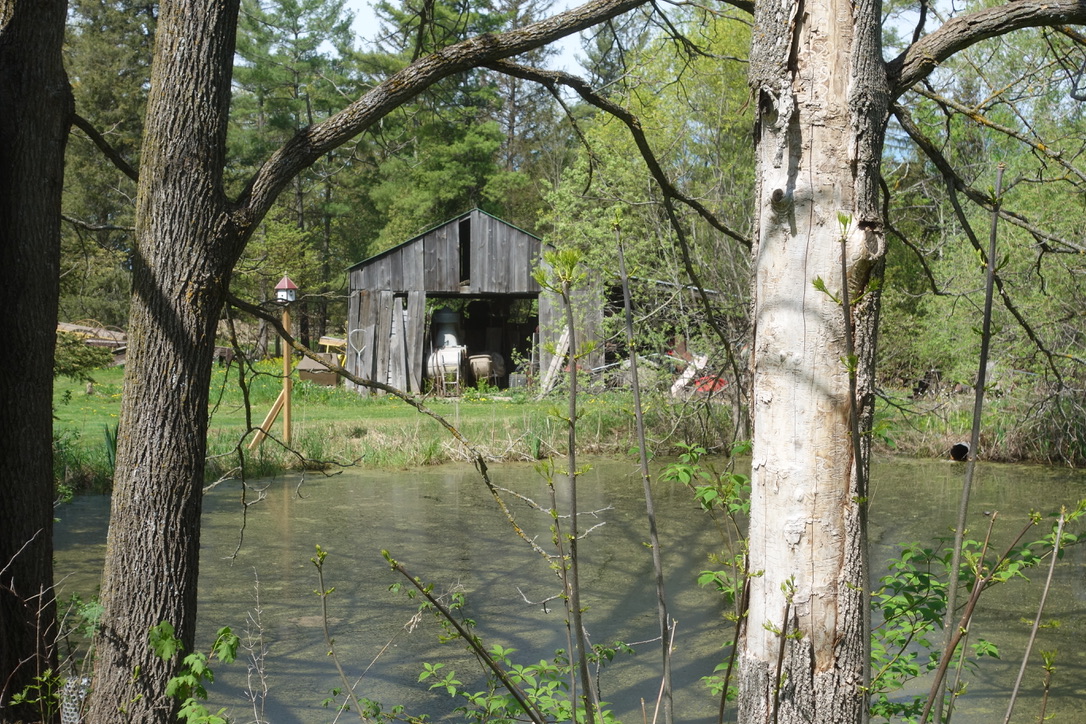

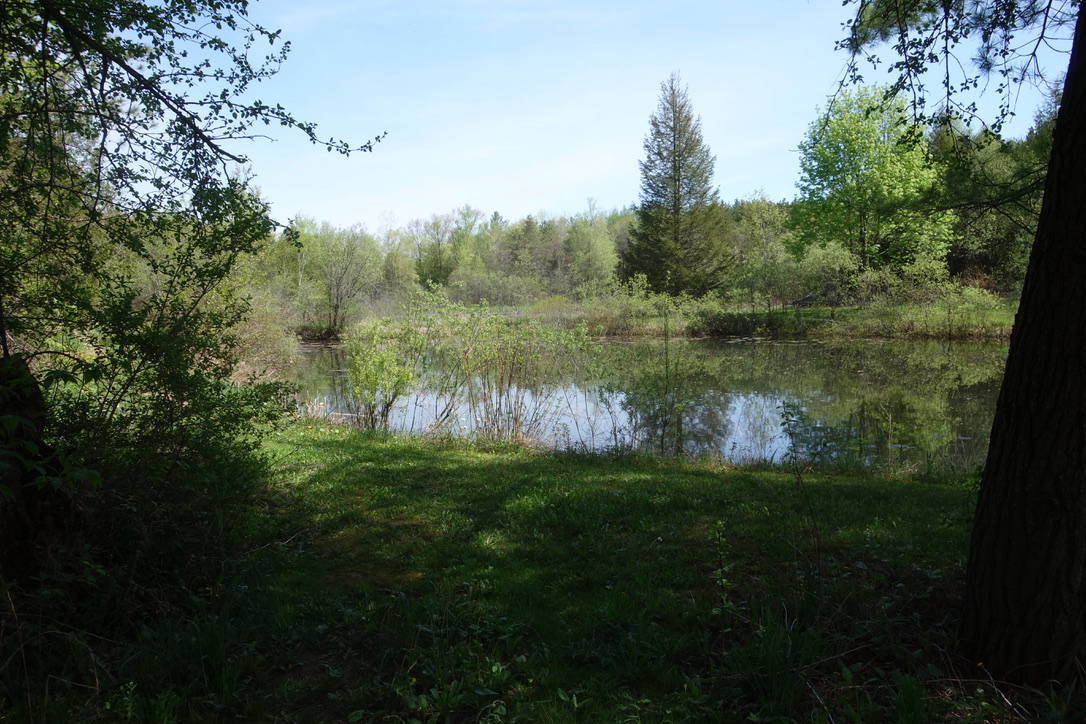
Another strange thing. My one lone frog did not jump. It allowed me to get close for a picture.
Then it jumped when my camera got about 10 inches from its head. Not a very wise frog. Not
likely to survive I fear.
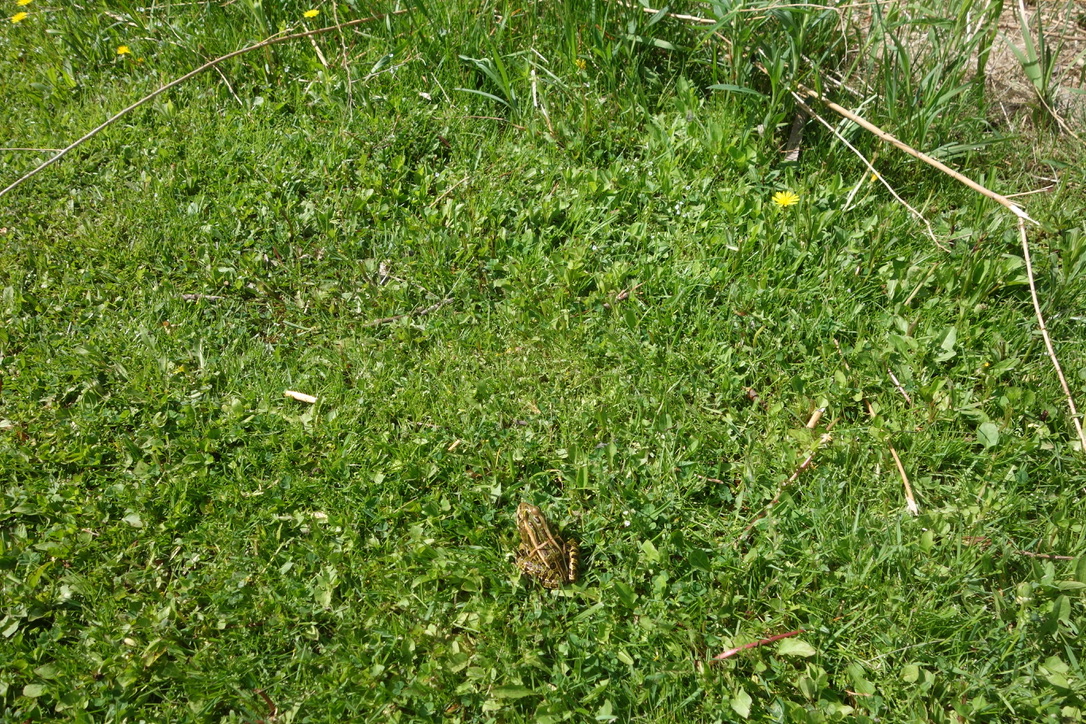
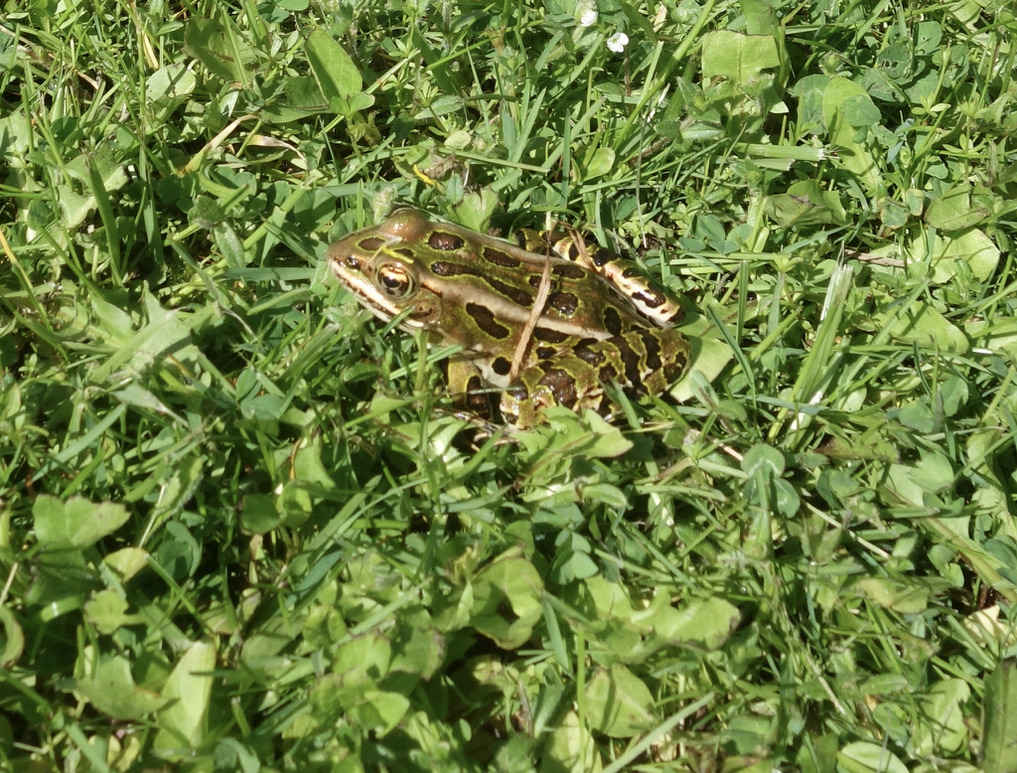
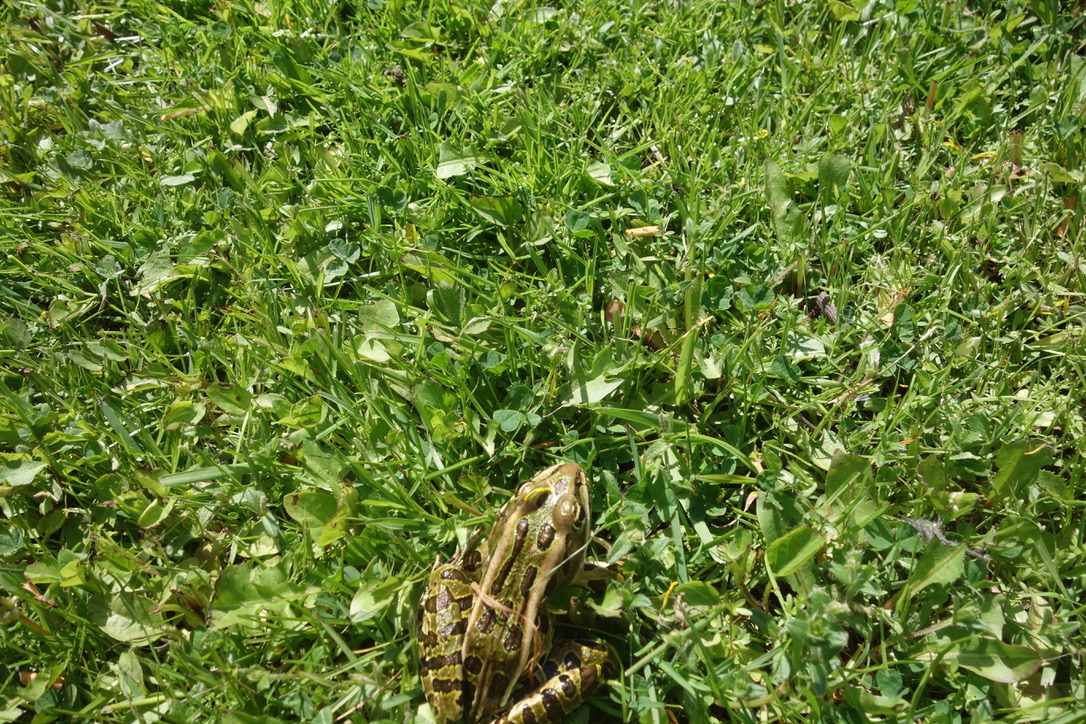

Am I the onel one to notice…the only person concerned about the rapid die off of frogs.? Not so. Scientist have
been concerned ever since Rachel Carson. Lots of articles. But no solution. Do not buy frogs
from pet stores and then release them in your pond. Spreads diseases of frogs. My brother, Eric, has
a tiny pond …bathtub size…distant from any other water source. And yet, the frogs found his pond
and thrived. Why not our four ponds? I have no idea.
Climate change may boost frog disease chytridiomycosis
By Richard Black
Environment correspondent, BBC News
 ichef.bbci.co.uk/news/320/mcs/media/images/62161000/jpg/_62161771_z7000929-cuban_treefrog-spl.jpg 320w, ichef.bbci.co.uk/news/480/mcs/media/images/62161000/jpg/_62161771_z7000929-cuban_treefrog-spl.jpg 480w, ichef.bbci.co.uk/news/624/mcs/media/images/62161000/jpg/_62161771_z7000929-cuban_treefrog-spl.jpg 624w, ichef.bbci.co.uk/news/800/mcs/media/images/62161000/jpg/_62161771_z7000929-cuban_treefrog-spl.jpg 800w, ichef.bbci.co.uk/news/976/mcs/media/images/62161000/jpg/_62161771_z7000929-cuban_treefrog-spl.jpg 976w” src=”https://ichef.bbci.co.uk/news/304/mcs/media/images/62161000/jpg/_62161771_z7000929-cuban_treefrog-spl.jpg” width=”304″ height=”304″ loading=”lazy” class=”ee0ct7c0 ssrcss-1drmwog-Image” style=”margin: 0px; padding: 0px; border: 0px; font-family: inherit; font-size: inherit; font-style: inherit; font-variant-caps: inherit; font-stretch: inherit; line-height: inherit; vertical-align: baseline; display: flex; width: 800px; height: 800px; overflow: hidden; position: absolute; inset: 0px; -webkit-box-pack: center; justify-content: center; -webkit-box-align: center; align-items: center; object-fit: cover;”>
ichef.bbci.co.uk/news/320/mcs/media/images/62161000/jpg/_62161771_z7000929-cuban_treefrog-spl.jpg 320w, ichef.bbci.co.uk/news/480/mcs/media/images/62161000/jpg/_62161771_z7000929-cuban_treefrog-spl.jpg 480w, ichef.bbci.co.uk/news/624/mcs/media/images/62161000/jpg/_62161771_z7000929-cuban_treefrog-spl.jpg 624w, ichef.bbci.co.uk/news/800/mcs/media/images/62161000/jpg/_62161771_z7000929-cuban_treefrog-spl.jpg 800w, ichef.bbci.co.uk/news/976/mcs/media/images/62161000/jpg/_62161771_z7000929-cuban_treefrog-spl.jpg 976w” src=”https://ichef.bbci.co.uk/news/304/mcs/media/images/62161000/jpg/_62161771_z7000929-cuban_treefrog-spl.jpg” width=”304″ height=”304″ loading=”lazy” class=”ee0ct7c0 ssrcss-1drmwog-Image” style=”margin: 0px; padding: 0px; border: 0px; font-family: inherit; font-size: inherit; font-style: inherit; font-variant-caps: inherit; font-stretch: inherit; line-height: inherit; vertical-align: baseline; display: flex; width: 800px; height: 800px; overflow: hidden; position: absolute; inset: 0px; -webkit-box-pack: center; justify-content: center; -webkit-box-align: center; align-items: center; object-fit: cover;”>The Cuban tree frog is one of many species affected by the fungal disease chytridiomycosis
More changeable temperatures, a consequence of global warming, may be helping to abet the threat that a lethal fungal disease poses to frogs.
Scientists found that when temperatures vary unpredictably, frogs succumb faster to chytridiomycosis, which is killing amphibians around the world.
The animals’ immune systems appear to lose potency during unpredictable temperature shifts.
The research is published in Nature Climate Change journal.
Chytridiomycosis, caused by the parasitic fungus Batrachochytrium dendrobatidis (Bd), was identified only in 1998.
It affects frogs and their amphibian relatives – salamanders, and the worm-like caecilians – and has caused a number of species extinctions.
